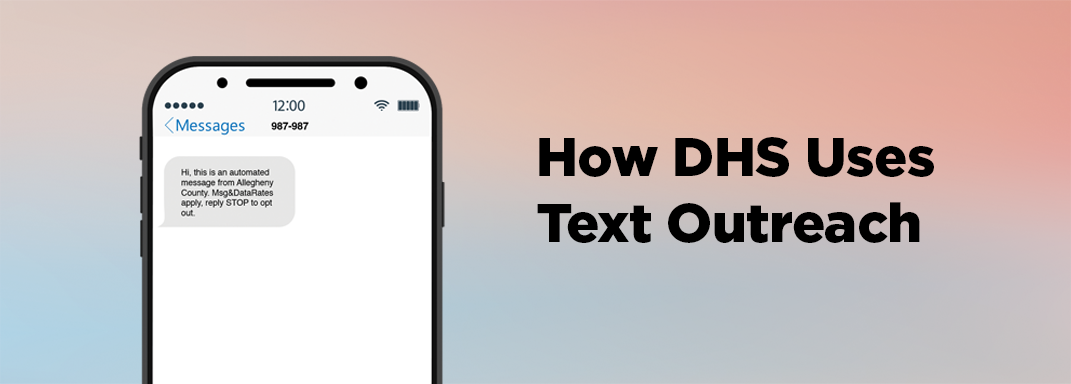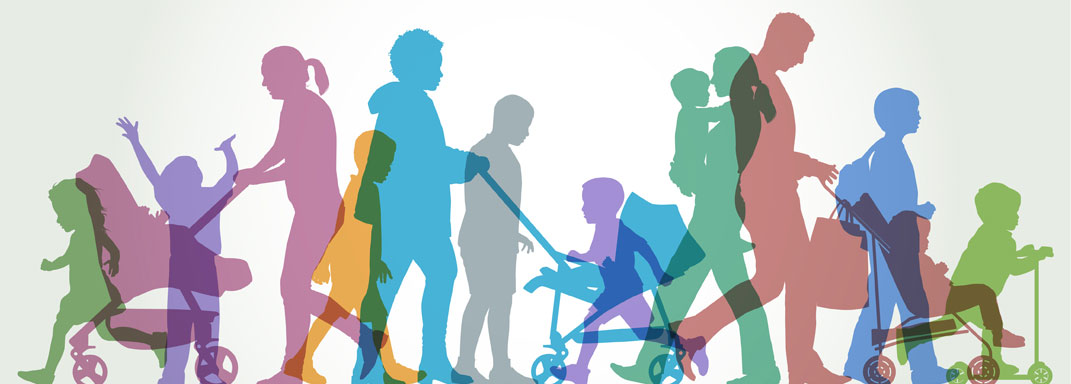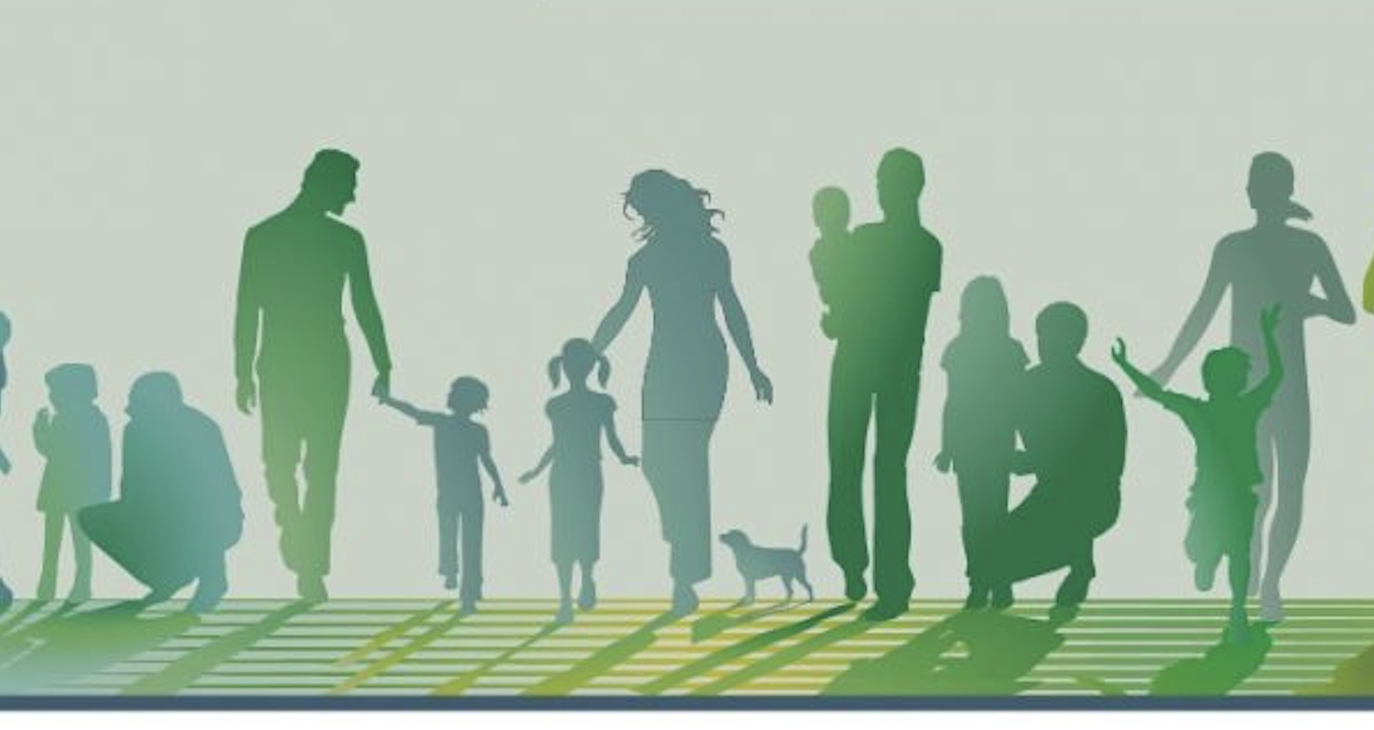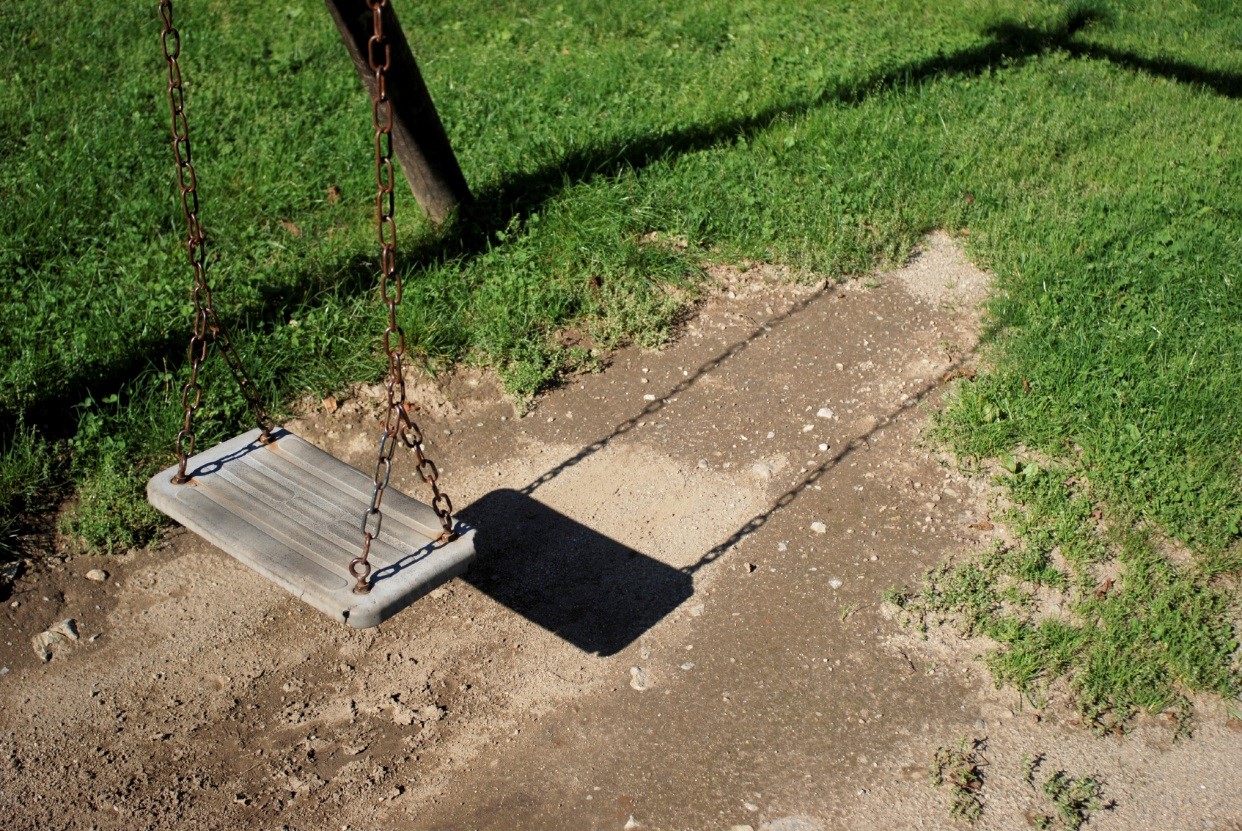DHS invites you to view this page to learn about Highland Detention Center —a part of the juvenile justice process. This center opened in July 2024 on the site of the former Shuman Detention Center, which closed in September 2021. Information is also available on youth detained at the former Shuman Detention Center from 2016 through its closure.
Dashboard Content
The Allegheny County Highland Detention Center and Shuman Detention Center Dashboard presents data on entries, exits, lengths of stay, types of charges and demographics (race, sex, age) and shows how these measures change over time. This dashboard has seven tabs:
-
- Home presents the purpose of the dashboard, provides context about youth detention and introduces the two main aspects of this dashboard: Highland Detention Center and the formerly known Shuman Detention Center.
- Data and Definitions lists terms used across dashboard tabs and offers users context about the data.
- Highland Daily Census and Demographics is an interactive tab that displays instances of detention at Highland, providing daily counts and averages for stays, along with demographics by race, sex and age.
- Highland Entries, Exits and Lengths of Stay is an interactive tab that provides data on admissions, releases and the time spent at Highland Detention Center for detained youth.
- Highland Highest Open Charges is an interactive tab that displays types of charges and identifies whether youth had an open warrant or weapon involvement at admission to Highland Detention Center.
- Shuman Daily Census and Demographics is an interactive tab that shows detention at Shuman prior to its closure, with daily counts and averages for stays and demographics by race, sex and age.
- Shuman Entries, Exits and Lengths of Stay is an interactive tab that details how youth moved through Shuman prior to its closure, providing data on admissions, releases and time spent in detention.
How the County Uses this Information
DHS, their partners and the County as a whole use this dashboard to:
- Monitor trends in youth detention at Highland Detention Center.
- Promote transparency and build shared understanding around youth detention in Allegheny County.
Trouble viewing the dashboard below? You can view it directly here.
Questions or Feedback?
We welcome your questions and suggestions. To share feedback, you can reach us at DHSResearch@alleghenycounty.us. If you’d like to stay informed, consider signing up for our newsletter. To learn how to use DHS data in your research, please visit our Requesting Data page. Thank you for your time and interest. Your engagement helps shape and improve how we share data that matters.












